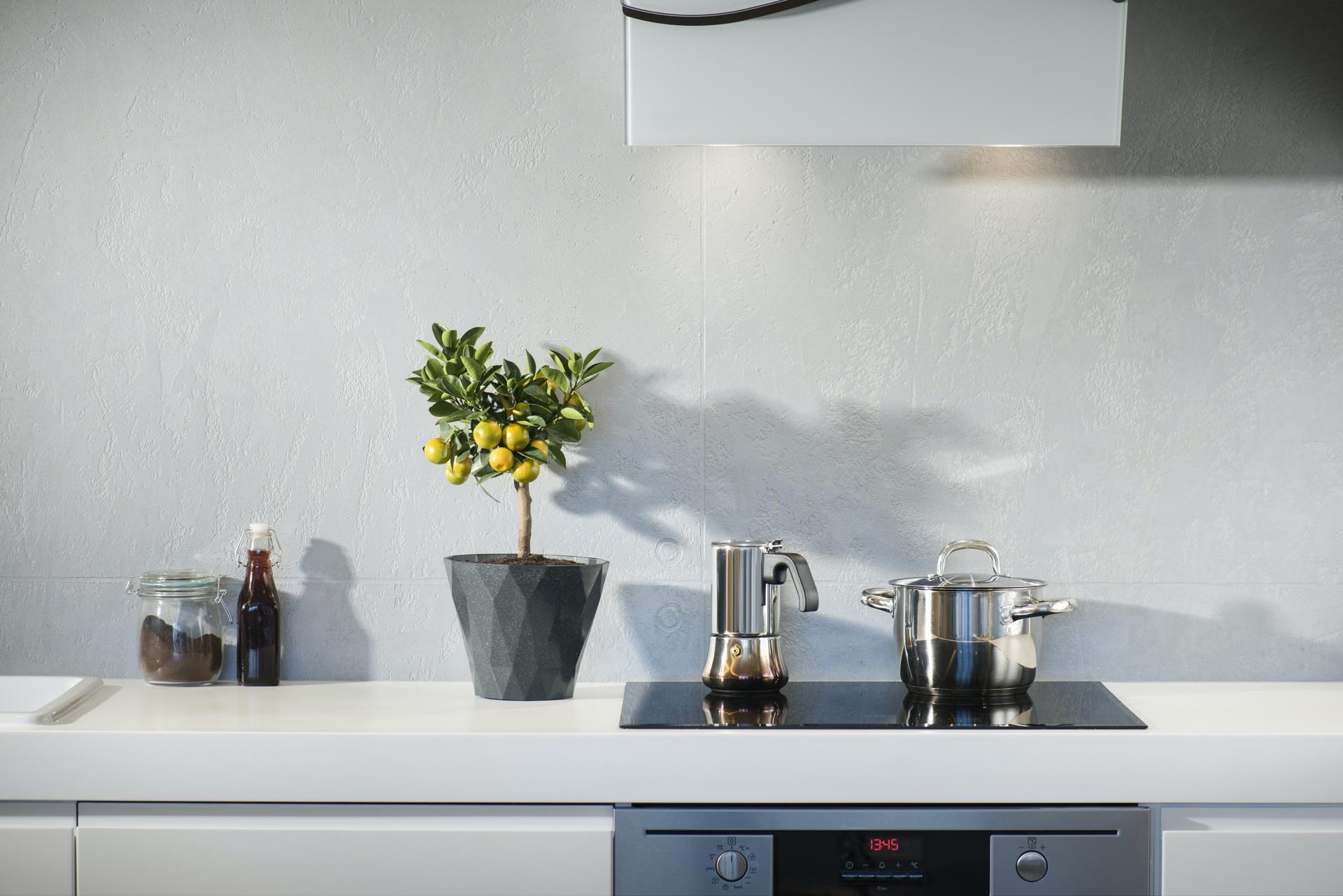Understanding dish-washing machine installation: your complete handbook for residents

A dishwasher is a valuable appliance that saves time and energy within the kitchen. Properly plumbing for a dishwasher is vital for its maximum performance.
The article we’ll go over the basics about dishwasher plumbing installation, common plumbing problems, and maintenance tips.
Dishwasher Plumbing Basics
Dishwashers come in various types that include built-in, portable models, and countertop models. Whatever the model the dishwasher is required to choose the correct plumbing for your dishwasher. The plumbing system for dishwashers comprises an plumbing line for water, drain lines and electrical connection. A water supply line brings clean water for the dishwasher, while the drain line eliminates dirt water. The electrical connection powers the dishwasher. There are different types of plumbing connections for dishwashers. These include direct plumbing, air-gap and high-loop. Direct plumbing connects the dishwasher directly to the water supply to the household and drain lines. An air-gap connection prevents the flow of dirty water back to the dishwasher using a physical gap between the drain line of the dishwasher and the drain in the sink. High-loop connections involve looping the drain line of the dishwasher to the countertop’s bottom and then back to the drain to prevent backflow.
Dishwasher Plumbing Installation
Installing plumbing for a new dishwasher requires a number of steps, which include connecting the water supply line, drain line, and electrical connection. It is essential to hire an experienced plumber for the installation of your dishwasher to make sure your plumbing is properly installed. Incorrect installation could lead to leaks that can lead to damages to the kitchen due to water. To ensure proper installation of the plumbing system, it is crucial to adhere to the installation guidelines of the manufacturer carefully. Also, ensure that the water supply line is equipped with an shut-off valve that allows for simple cleaning and repairs. Check for leaks and ensure it is level to prevent water from accumulating in the dishwasher.
Common Dishwasher Plumbing Problems
Common issues that can occur with a dishwasher’s water system include leaks, clogs or low pressure. Clogs may occur inside the drain line due to food debris , and could cause a back-up from dirty, dirty water. Leaks can occur in the water supply line, drain line, or in the dishwasher itself, and can result in water damages to your kitchen. A low water pressure could affect the performance of the dishwasher’s cleaning. To find and correct plumbing issues in your dishwasher, look for blockages within the drain lines and clean the filters. Examine whether there are leaks within the drain line, and the dishwasher itself. repair any defective components. If low water pressure is an issue, check your water supply lines for blockages and make sure that the pressure of water is adequate.
Maintenance Tips for Dishwasher Plumbing
To ensure that your dishwasher’s plumbing system Clean the filters frequently to avoid clogging. Find leaks and fix them promptly to prevent water damage. It is crucial to run the dishwasher using hot water and to use the correct detergent to avoid blockages and to ensure the best cleaning performance. Make sure that the pressure is sufficient and that the supply line for water has an off valve to facilitate cleaning and repairs.
Conclusion
The correct plumbing of a dishwasher is crucial to its maximum performance. Engaging a professional plumber to install the dishwasher and maintenance can guarantee that the plumbing system is correctly fitted and properly maintained. Regular maintenance will help prevent plumbing issues and prolong the lifespan of the dishwasher.
FAQ
What kinds of plumbing connections are there for dishwashers?
The different types of dishwasher plumbing connections include direct plumbing, air gap, and high-loop.
What are the key components of a dishwasher plumbing system?
The most important components of a dishwasher plumbing system include the water supply line, drain line, and the electrical connection.
How can I tell whether my dishwasher’s plumbing is installed correctly?
You can tell if your dishwasher’s plumbing system is functioning correctly by checking for leaks and making sure the dishwasher is level and that the water supply line has shut-off valves for quick maintenance and repair.
What are the most common issues that may arise with the plumbing of dishwashers?
The most frequent issues that be encountered with dishwasher plumbing are blockages, leaks and low pressure.
What is the best time to have my dishwasher’s plumbing system maintained?
It is recommended to maintain your dishwasher’s plumbing system regularly through cleaning your filters and looking for leaks. A skilled plumber will also conduct maintenance checks annually to ensure that the dishwasher is operating at its best. A proper plumbing system for a dishwasher is essential for its optimal performance. Learning the basics of dishwasher plumbing, hiring a skilled plumber for installation and maintenance as well as regular maintenance will stop plumbing issues and increase the dishwasher’s lifespan. With these tips and guidelines, you will be able to benefit from having a dishwasher that is functioning properly in your home.
